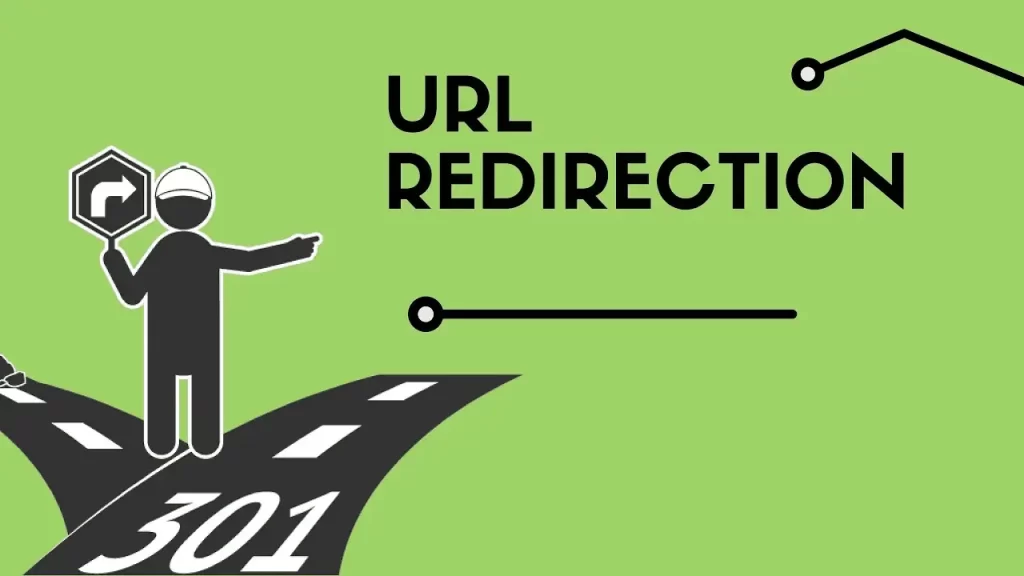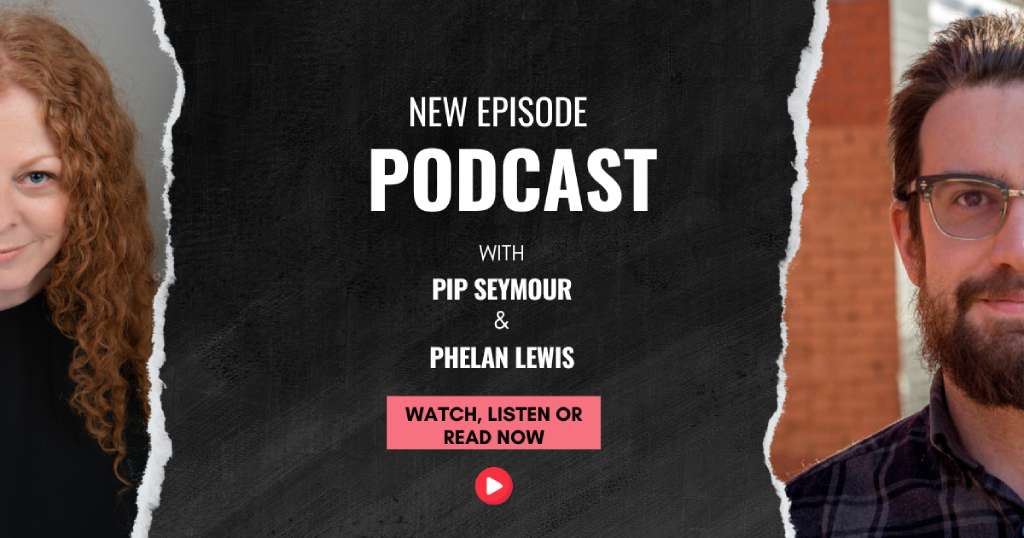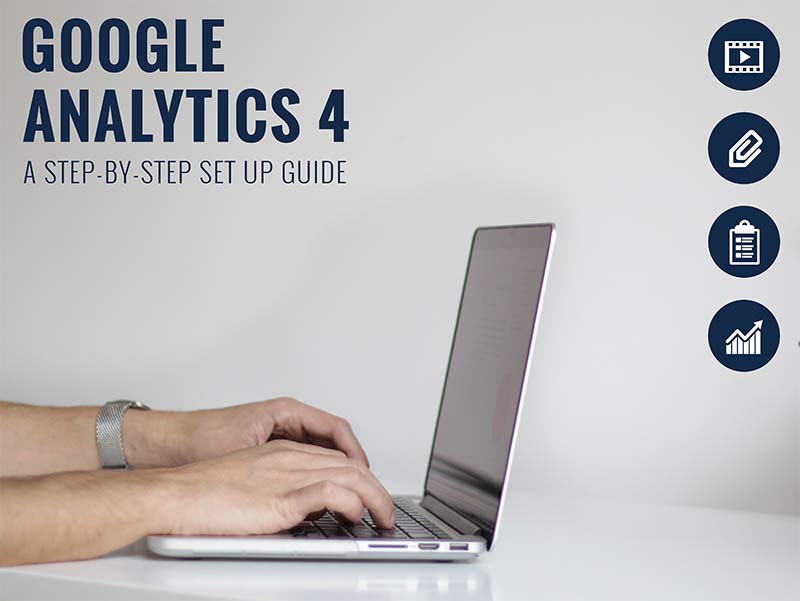Organizing AdGroups based on user intent is a highly effective strategy in pay-per-click (PPC) advertising, especially for platforms like Google Ads. This approach aligns the structure of your campaigns with the different stages of the user’s journey, improving relevance, targeting, and overall ad performance. Here’s why it’s beneficial:
1. Improved Ad Relevance and CTR
Grouping keywords by intent helps you craft highly relevant ad copy that speaks directly to the user’s needs. By understanding if a user is in a research, consideration, or purchase phase, you can tailor your messaging:
- Informational intent: Keywords like “what is,” “how to,” or “best [product]” suggest users are seeking information, so your ad can offer guides or resources.
- Commercial intent: Keywords like “compare,” “reviews,” or “best [brand]” indicate they’re comparing options and are closer to making a decision. Ads could emphasize product features, benefits, or comparisons.
- Transactional intent: Keywords like “buy,” “discount,” or “price” indicate a purchase intent. Ads here should focus on promotions, direct purchase options, or product availability.
Tailoring your message by intent often results in higher click-through rates (CTR) because the ads are more aligned with the user’s immediate needs.
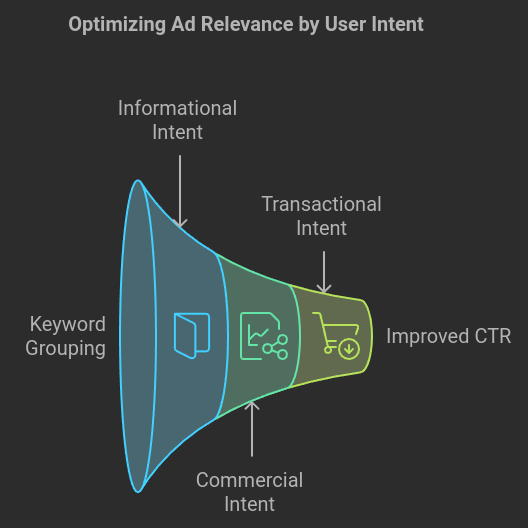
2. Better Quality Scores
Google Ads uses relevance as a key factor in determining Quality Score. If your keywords, ads, and landing pages are tightly aligned with the user’s intent, your Quality Score improves, which can lower your cost-per-click (CPC) and increase ad placement in search results.

3. Segmentation for Budget Allocation
When you organize AdGroups by intent, it becomes easier to allocate budgets based on expected conversion rates and customer value:
- Transactional intent groups should receive a higher budget since users are ready to buy.
- Informational intent AdGroups may have lower CPCs but can be valuable for capturing early-stage leads or nurturing future buyers.
This segmentation allows for smarter spending and higher ROI, as you can prioritize AdGroups that drive direct conversions while still nurturing broader awareness campaigns.
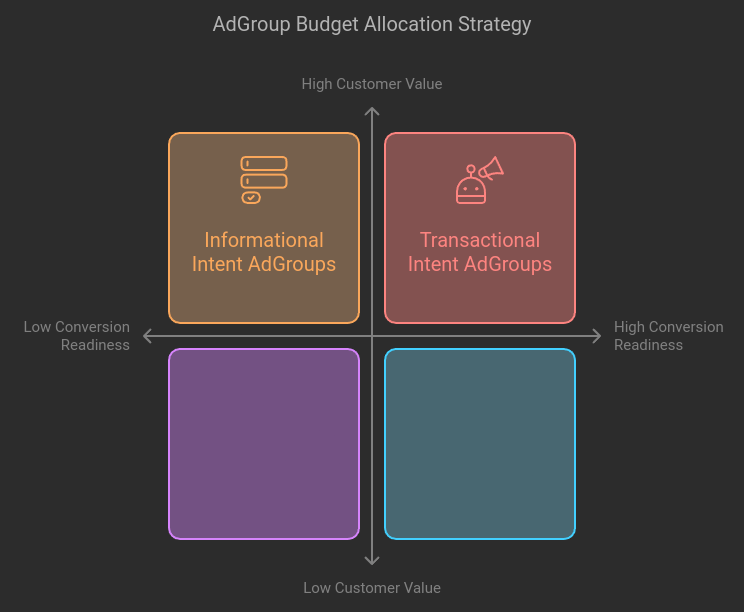
4. Customized Landing Pages
Each intent group can lead to specific landing pages optimized for that stage of the journey:
- Informational intent: Direct to blog posts, guides, or educational resources.
- Commercial intent: Drive users to product comparison pages or detailed product overviews.
- Transactional intent: Lead directly to purchase pages, with a focus on ease of conversion (e.g., promotions, one-click purchases).
When the landing page matches the intent behind the keyword, it improves both user experience and conversion rates.
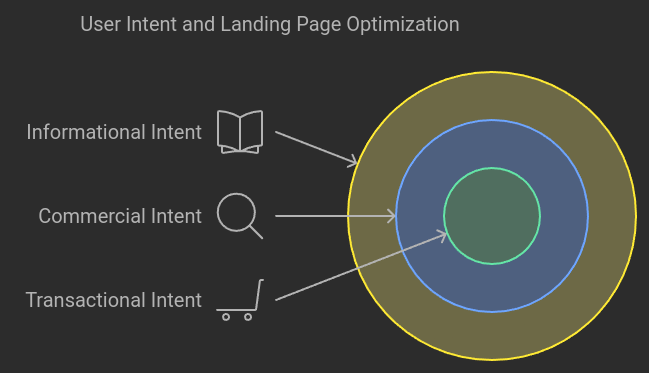
5. Easier Performance Analysis
By structuring AdGroups around intent, it becomes easier to analyze performance and adjust strategies. You can see which intent groups are performing well at each stage of the funnel:
- Are users in the consideration stage engaging more but converting less? You can tweak the offer or call-to-action to push them further down the funnel.
- Is your transactional intent AdGroup underperforming? This could signal issues with the landing page, pricing, or competition.
Drawbacks to Watch Out For:
- Over-segmentation: If you create too many intent-based groups, you risk spreading your budget too thin or making management more complicated.
- Keyword Overlap: Some keywords may fit into multiple intents, which can make it tricky to decide which AdGroup to place them in. You’ll need to use negative keywords carefully to prevent overlap and competition between your own ads.
Conclusion
AdGroups based on intent are an effective way to drive more targeted traffic, reduce CPCs, and improve ROI. By focusing on aligning keywords, ads, and landing pages to user intent, you’ll create a more tailored, efficient, and successful ad strategy.

